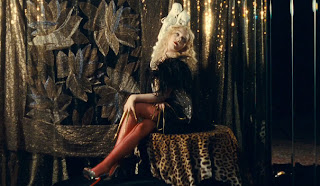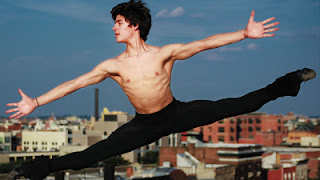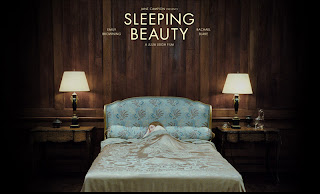 Sometimes, the most disturbing horror films are the ones where the monsters aren’t visceral or supernatural. They are the ones who you encounter on the streets, in the guise of seemingly decent human beings, who promise security, comfort or whatever else you think you need, in the form of a warm smile and a kind demeanour. Long after you encounter these people, once they have burrowed their way into your subconscious, you will find yourself still tormented by them as they ravage the tissue-like confines of your psyche.
Sometimes, the most disturbing horror films are the ones where the monsters aren’t visceral or supernatural. They are the ones who you encounter on the streets, in the guise of seemingly decent human beings, who promise security, comfort or whatever else you think you need, in the form of a warm smile and a kind demeanour. Long after you encounter these people, once they have burrowed their way into your subconscious, you will find yourself still tormented by them as they ravage the tissue-like confines of your psyche.This is what happens to Martha, the titular character in Martha Marcy May Marlene. In reality, the four names all belong to the young woman embodied by Elizabeth Olsen (sister of the tycoon Olsen twins), a recent escapee from a small but sinister cult. At the beginning of the film, we see her taking flight from the ramshackle farm the cult inhabits, where everyone sleeps in segregated but close counters. Martha has been missing for two years when she musters the courage to phone her sister Lucy (Sarah Paulson), a well-to-due Manhattanite married to a pretentious English architect (Hugh Dancy, just the right amount of pompous), to pick her up from a remote town in the Catskills. Lucy takes Martha to her well-appointed Connecticut country cottage, a lakefront property that causes Martha to remark that it is far too much space for just two people. It is there that Martha and Lucy reconnect, although judging from their rather awkward exchanges, they may not have been all that close to begin with. Martha’s behaviour becomes increasingly shocking and may be the result of severe shock. It starts with her going for a swim completely naked in an area with a lot of family vacation homes. When Lucy and Tom make love, Martha simply climbs into bed with them because she didn’t like to sleep alone. At a dinner party with a very tony crowd, Martha has a very public and intense breakdown.
 |
| Sister act: Olsen, left, and Paulson, right |
Martha Marcy May Marlene is a film of firsts, in particular for both director Sean Durkin and star Olsen. Durkin, who won the coveted Best Director award at Sundance for this film, floods the screen with white noise and uncomfortably long periods of silence and stillness. There is no score and the music is entirely diagetic. The effect is that we experience the events in the film, in flashbacks to the farm and in the present, the way Martha does. Durkin dispenses with easy establishing shots and instead uses light and nondescript architecture to deliberately confuse the present with the past, so that we don’t know if we are looking back to the horror of Martha’s cult experience or her current inability to process social cues in the present. While some of these shots are just a little too long, they create the sense that somehow, when things are just a little too quiet, you never know what is going to happen. The fear is never that the cult comes back to find Martha in her Connecticut hideout, but whether or not some awful memory is triggered. Martha’s mental state deteriorates so that she can no longer distinguish past from present. Her existence is one long and vividly awful morning after.

































